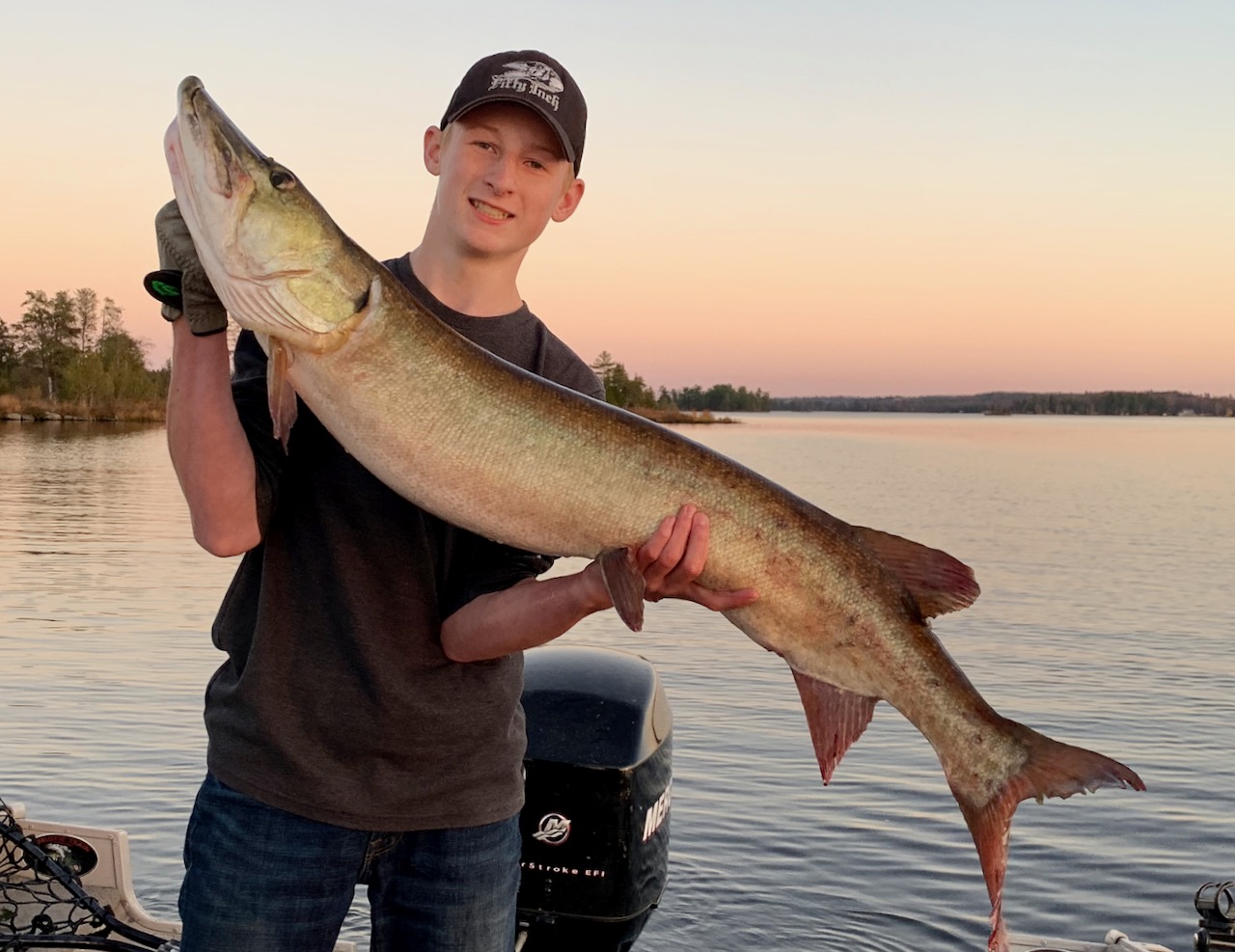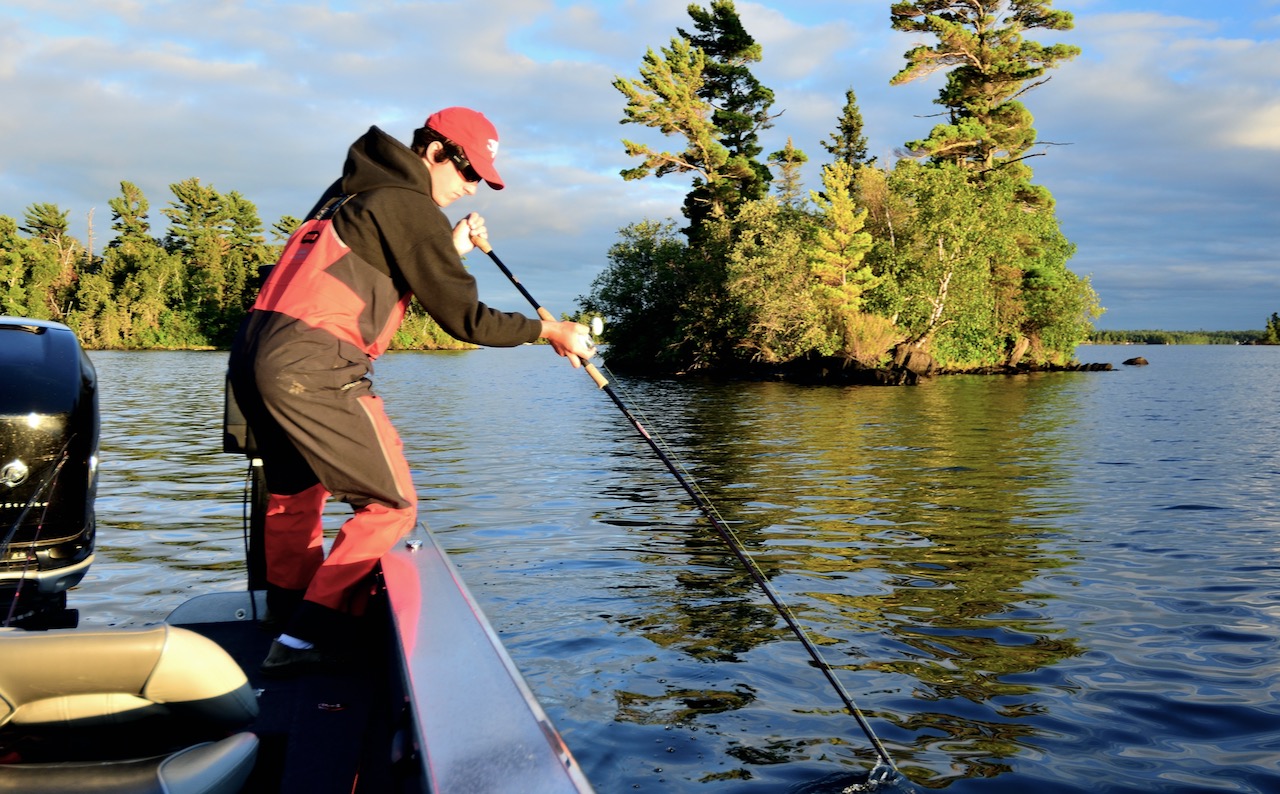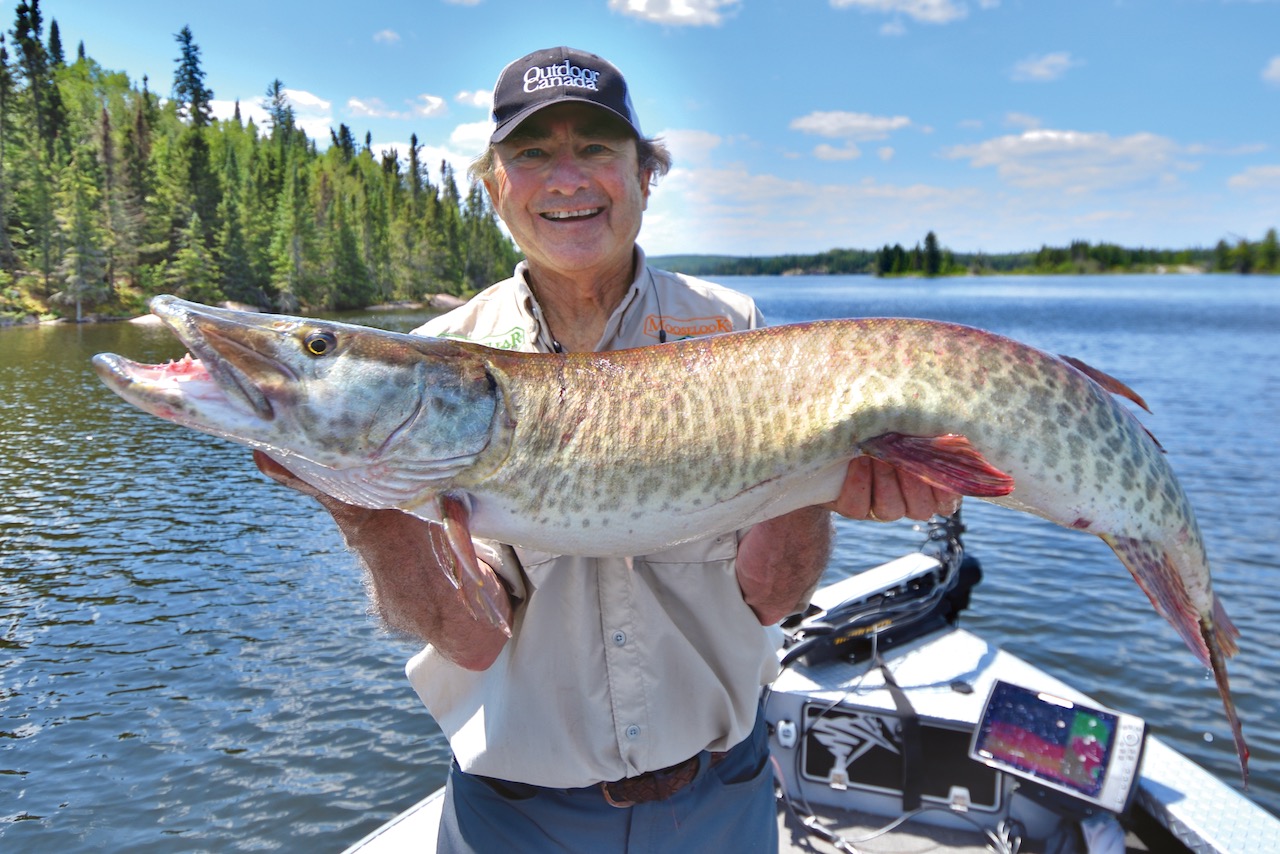A MIND FOR MUSKIES
To commemorate Outdoor Canada’s 50th anniversary, our expert fishing editor reveals his 50 top secrets for hunting monster muskellunge
Advertisement

#1 When the water temperature gets warmer than 15°C in late spring, muskies lock themselves into relatively small summer home ranges (15 to 800 hectares), to which they remain faithful for life. Casting around prime structure and cover in these areas is typically the game during summer.
#2 It’s easy to fall into muskie hysteria, over-complicating and over-thinking your approach. They’re only fish, however, so just concentrate on mastering the basics. Become good at identifying prime structure and cover, and refine your presentations. The fish will follow.
Advertisement
#3 Muskies will typically roam once the water temperature dips below 15°C in early autumn, continuing until it reaches 5°C before freeze-up. Trolling is the ideal presentation during this time, as two moving targets—your bait and the fish—are likely to collide.
#4 If you spot a muskie following below your lure and almost out of sight, throw back a heavy creature bait or deep-diving crank. The fish is telling you it doesn’t want to come up to the surface to play.

#5 Never leave your rod handle tucked up under your arm when you go into a figure eight with a following muskie. You want maximum flexibility to reach out as widely as possible with your rod tip, and to plunge it down deep. (Also see tips #7 and #19, and www.outdoorcanada.ca/gofigure.)
Advertisement
#6 Muskie fishing is about locating a fish—it really is hunting—and the best way to do that is with a big bait. Even if a muskie is unlikely to bite the bait, you will at least draw it out and pinpoint where it’s hiding. Then you can try to catch it with a smaller presentation.
#7 Up to 75 per cent of the muskies you catch while casting will strike on a figure eight. If you sweep counter-clockwise, the lure’s prime position is when it’s in the upper right portion of the eight shape. If you work clockwise, on the other hand, the upper left section will be the choice spot for a hit.
Advertisement
#8 When muskies are lethargic and the bite has turned off, you will entice far more fish with a fast-moving reaction bait than a slower presentation. Now is the time to burn a small, single-bladed bucktail.
#9 Flash, noise and vibration call in muskies when the water is stained and dirty. Realistic-looking baits come into their own when the water is clear and the predators are relying on their eyesight to ambush prey.

#10 Double-bladed bucktails have revolutionized muskie fishing, but picking the right size of blade is critical. I throw big number 10 blades when it’s windy, and smaller number eight blades when it’s calm. Nines are my go-to when I can’t decide.

